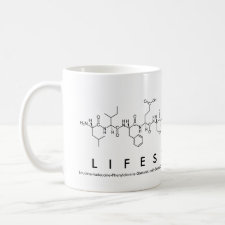
Authors: Xie CG, Li HF, Li SQ, Wu J, Zhang ZP
Article Title: Surface Molecular Self-Assembly for Organophosphate Pesticide Imprinting in Electropolymerized Poly(p-aminothiophenol) Membranes on a Gold Nanoparticle Modified Glassy Carbon Electrode.
Publication date: 2010
Journal: Analytical Chemistry
Volume: 82
Issue: (1)
Page numbers: 241-249.
DOI: 10.1021/ac901860t
Abstract: This paper reports a surface molecular self-assembly strategy for molecular imprinting in electropolymerized polyaminothiophenol (PATP) membranes at the surface of gold nanoparticles (AuNPs) modified glassy carbon (gc) electrode for the electrochemical detection of pesticide chlorpyrifos (CPF). Electropolmerizable p-aminothiophenol (ATP) was first assembled on the AuNPs at the gc electrode surface by the formation of AuGêÆS bonds, and subsequently, the CPF template was further assembled onto the monolayer of ATP through the hydrogen-bonding interaction between amino group and CPF. A conductive hybrid membrane was fabricated at the assembled gc electrode by the electropolymerization in a mixing solution containing additional ATP and CPF templates, and meanwhile, the CPF was spontaneously imprinted into the PATP/AuNP film. The amount of imprinted sites at the PATP/AuNP film was significantly increased due to the additional replenishment of CPF templates. The cyclic voltammetric response of the imprinted PATP-AuNP-gc sensor to CPF is about 3.2-fold as compared with the imprinted PATP-Au sensor, and the detection limit for CPF is about 2 orders of magnitude lower than that by the imprinted PATP-Au sensor. An excellent electrochemical selectivity for CPF over other pesticides was also achieved. The combination of surface molecular self-assembly with electropolymerized molecular imprinting on a larger surface area of a AuNP-modified electrode produces a high ratio of imprinted sites and, thus, provides an ultrasensitive electrochemical detection of organophosphate pesticide
Template and target information: chlorpyrifos, CPF



Join the Society for Molecular Imprinting

New items RSS feed
Sign-up for e-mail updates:
Choose between receiving an occasional newsletter or more frequent e-mail alerts.
Click here to go to the sign-up page.
Is your name elemental or peptidic? Enter your name and find out by clicking either of the buttons below!
Other products you may like:
 MIPdatabase
MIPdatabase









